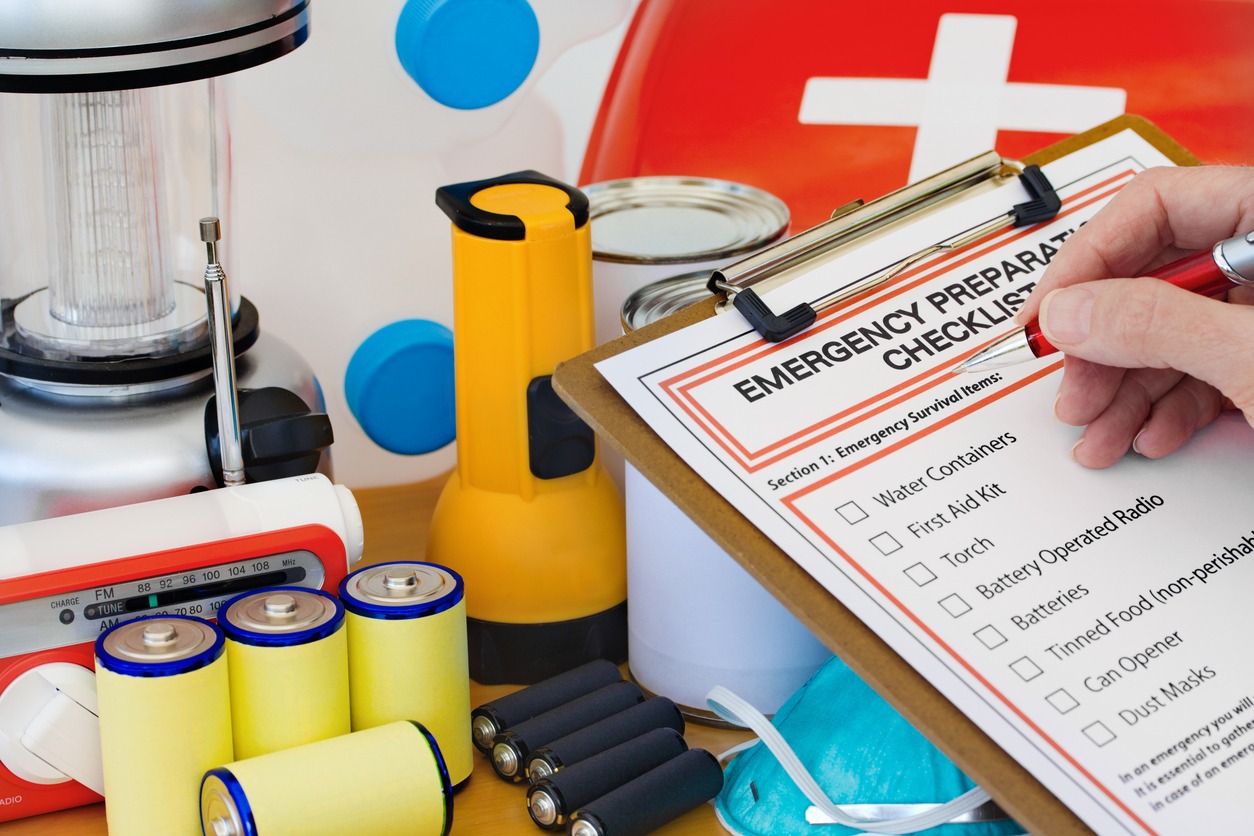Top 10 Essential Tools for Every Modern Homesteader
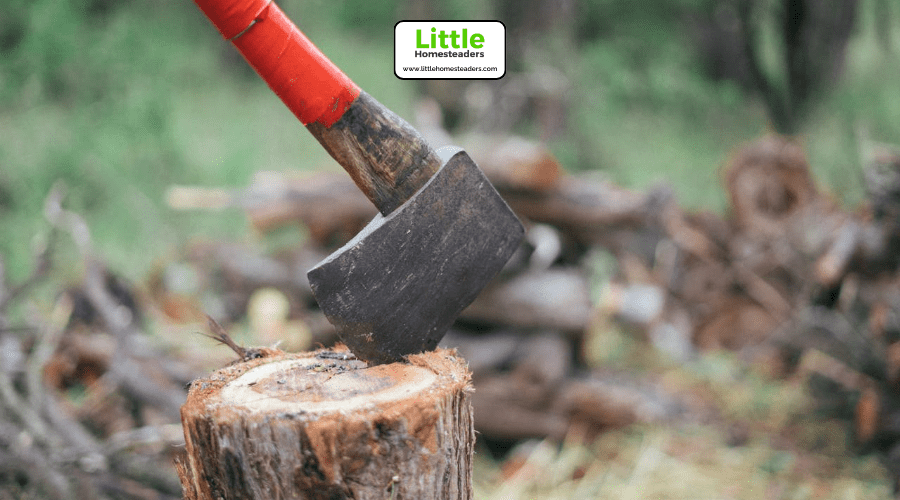
Homesteading is more than just a way of living—it’s a hands-on journey toward self-sufficiency and a deeper connection with the land. Whether you’re raising animals, growing food, or building things from scratch, the right tools can make all the difference. The right tools can help you get things done faster, easier, and with less frustration.
Starting out can feel overwhelming, especially when there are so many tasks to tackle and decisions to make. But don’t worry—we’ve got you covered. This guide breaks down the top 10 essential tools every modern homesteader needs.
1. Chainsaw and Axe
Tree management is a vital part of homesteading. Trees provide shade, timber, firewood, and sometimes even food, but they also need regular care. A reliable chainsaw is indispensable for cutting firewood, pruning branches, and clearing land. Paired with an axe, such as a splitting maul or felling axe, you’ll have everything you need to process wood efficiently.
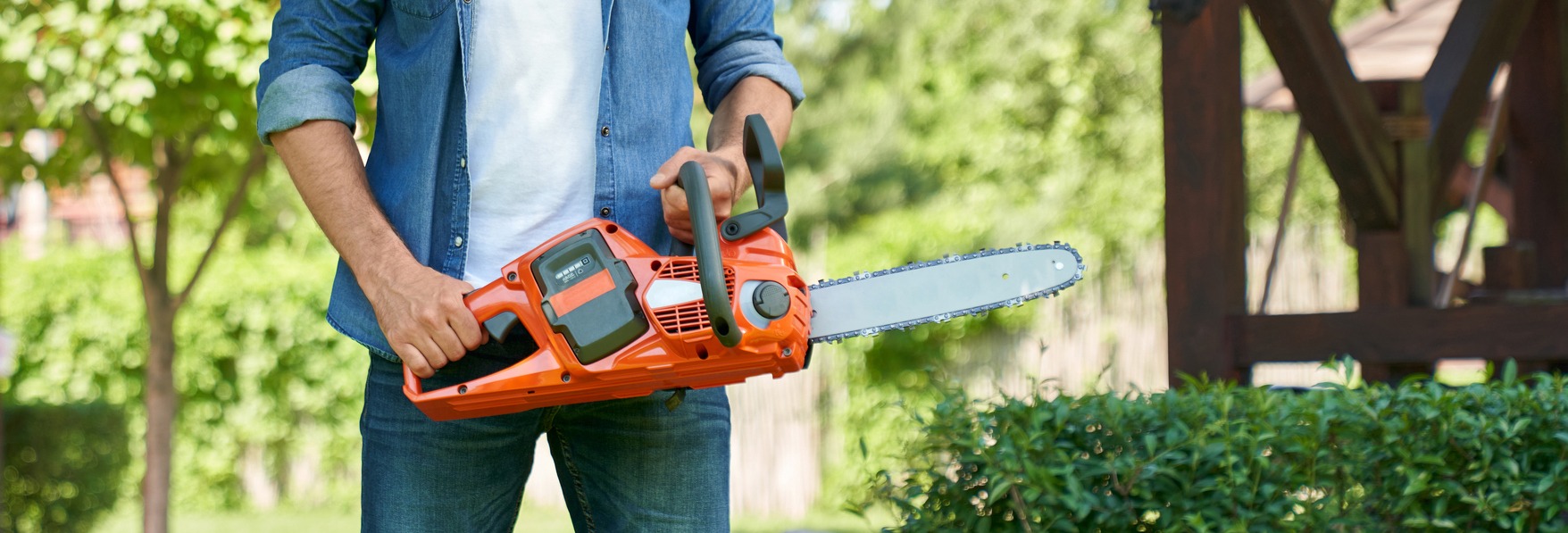
A good chainsaw is a true time-saver. What could take hours with a hand saw or axe can be accomplished in minutes with a chainsaw. Meanwhile, an axe complements your chainsaw work, particularly when splitting logs into manageable sizes.
Safety First: Always prioritize safety. Wear protective gear like chaps, gloves, and goggles, and learn how to handle your tools properly. Accidents can be severe, so never skip this step.
Pro Tips:
- Sharpen chainsaw blades regularly for optimal performance.
- Store your chainsaw and axe in a dry, secure location to prevent rust.
- For those who regularly process firewood, a hydraulic log splitter can drastically reduce effort and save your back.
With a chainsaw and axe in hand, you’ll be ready to manage your property’s trees and keep your wood supply well-stocked for winter.
2. Wheelbarrow and Shovels
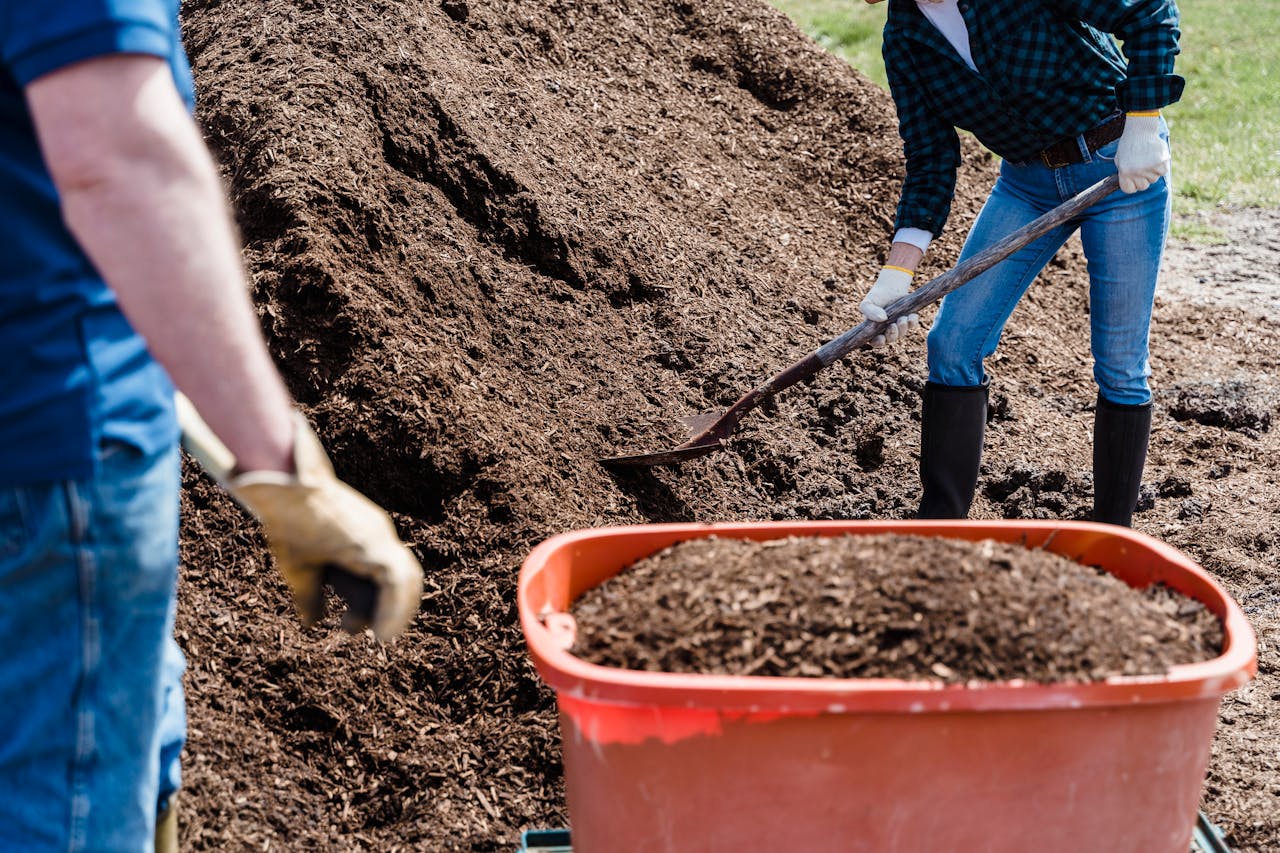
A homestead is nothing without reliable tools for moving and digging. A wheelbarrow is your go-to for transporting soil, compost, firewood, or harvested crops across your property. Shovels, on the other hand, are essential for everything from planting trees to building trenches.
Look for a wheelbarrow with a sturdy frame, rust-resistant tub, and pneumatic tires. This combination ensures it can handle heavy loads on uneven terrain. When it comes to shovels, invest in both a round-point and a flat-head variety. The round-point shovel is excellent for digging, while the flat-head shovel excels in scooping and spreading materials.
Pro Tips:
- For frequent heavy loads, consider a dual-wheel wheelbarrow for better balance and reduced tipping.
- Long-handled shovels reduce back strain during large tasks, while short-handled ones provide better control in tight spaces.
Homesteading involves constant movement and heavy lifting, and these tools will lighten your workload considerably.
3. Feed Buckets and Hay Forks
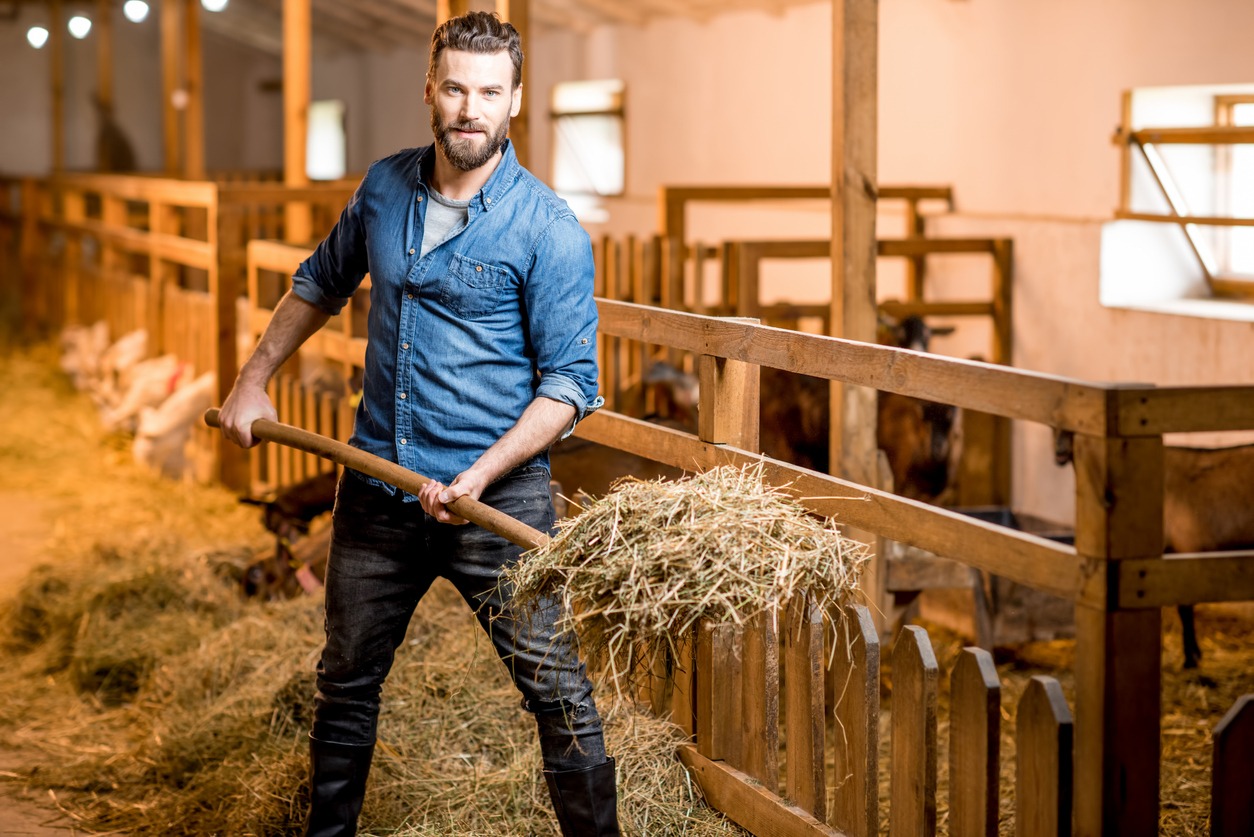
Livestock care is central to many homesteads, and feed buckets and hay forks are among the most used tools in the barn. Feed buckets make it easy to transport and serve food, while hay forks simplify the distribution of bedding and forage.
Your feed buckets should be made of heavy-duty plastic or galvanized steel to withstand daily use and resist cracking or rust. Hay forks with strong steel tines can handle dense bales of hay without bending or breaking.
Practical Uses:
- Use feed buckets to store food securely and keep pests away.
- Hay forks are not just for feeding—they’re also perfect for spreading bedding and managing compost piles.
Pro Tip: Choose tools with comfortable, ergonomic handles to reduce strain during repetitive tasks. Over time, your hands and back will thank you.
With the right feed buckets and hay forks, you can streamline your daily livestock chores and ensure your animals stay well-fed and comfortable.
4. Lawnmower and Weed Trimmer
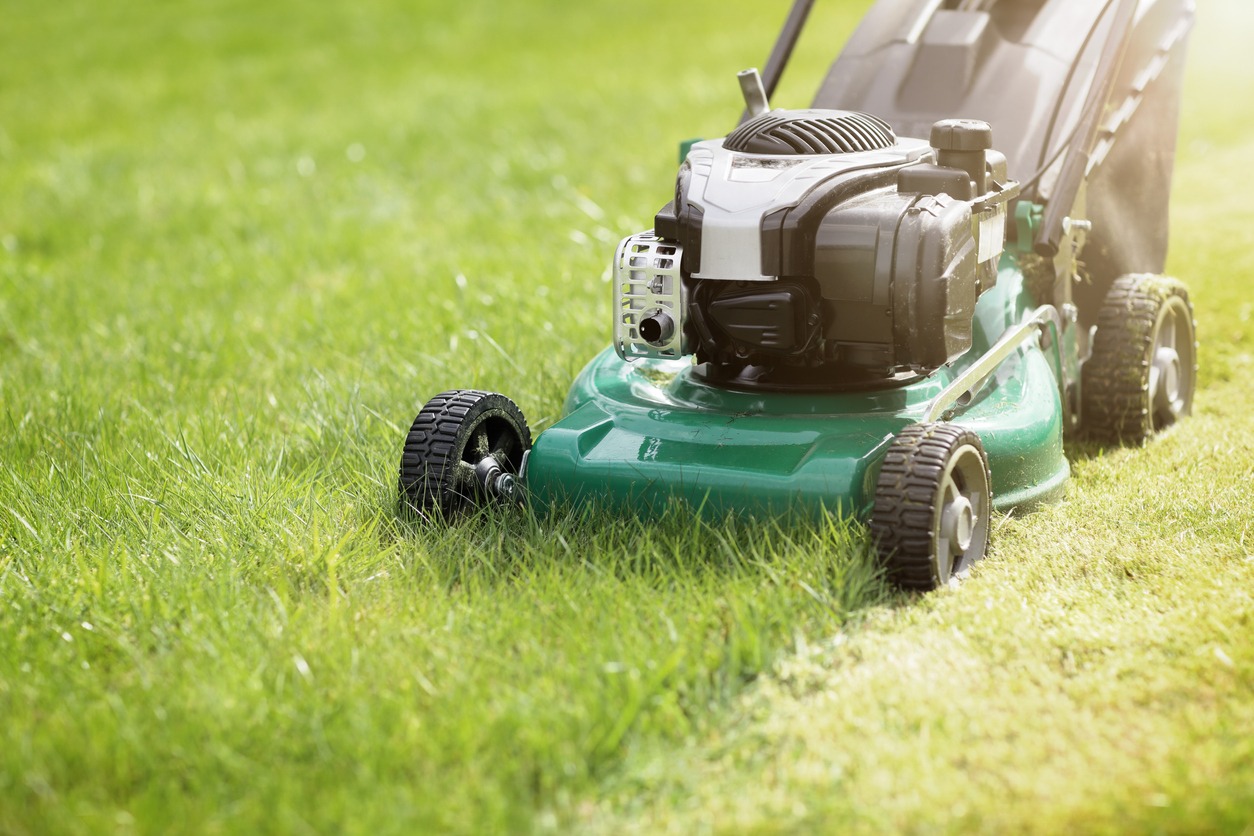
Keeping your homestead’s grass and weeds under control is not just about aesthetics; it’s about functionality. Overgrown grass can attract pests, become a fire hazard, and create obstacles for planting or construction projects.
A gas-powered self-propelled lawnmower is ideal for larger properties, tackling uneven terrain with ease. For smaller homesteads, a battery-operated mower might be a better choice, offering a quieter and more eco-friendly option.
On the other hand, weed trimmers are perfect for areas a lawnmower can’t reach, such as fence lines, garden edges, and around trees. For even more precision, look for trimmers with an edger function.
Pro Tips:
- Keep extra blades or string on hand for your trimmer to avoid interruptions.
- Regularly clean and oil moving parts to extend the lifespan of your equipment.
With these tools, you’ll keep your property safe, tidy, and accessible year-round.
5. Air Compressor and Generator
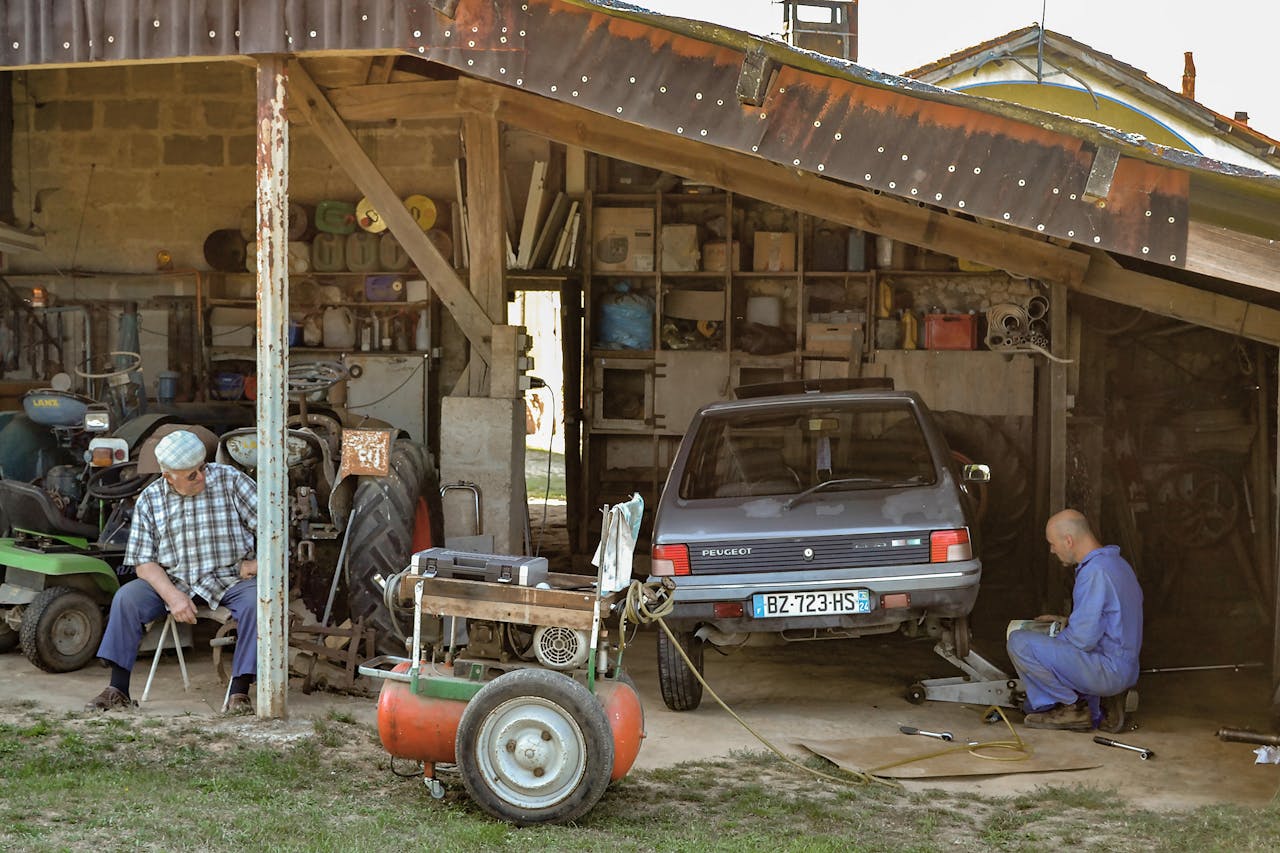
Power tools and emergencies require dependable power sources. An air compressor and generator are essential additions to your toolkit for both daily use and unexpected situations. From inflating tires to powering nail guns, air compressors are invaluable for a variety of tasks. Choose a model with a high PSI and enough capacity to handle your tools.
Power outages are inevitable, especially in rural areas. A generator ensures that your essential systems—like refrigeration, water pumps, and lighting—remain functional during blackouts.
Pro Tips:
- Regularly check and replace filters on your air compressor.
- Choose a generator with enough wattage to support your critical needs and test it periodically to ensure it’s ready when needed.
These tools offer peace of mind and practical utility, making them must-haves for any homestead.
6. ATV or Utility Vehicle
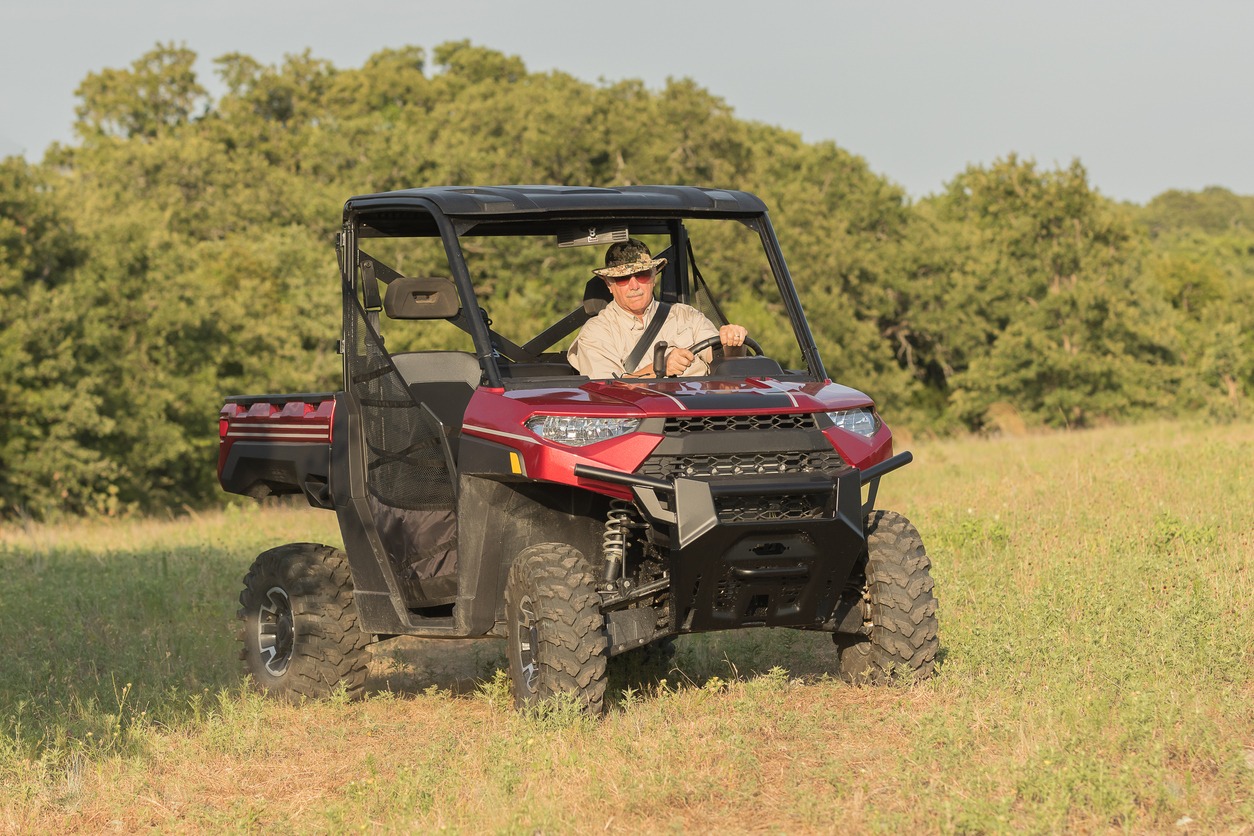
Transporting supplies, navigating rough terrain, and hauling equipment are much easier with an ATV or utility vehicle. These vehicles are built to handle the challenges of homestead life, from muddy trails to steep hills.
ATVs and utility vehicles come with a range of accessories, such as trailers, sprayers, and snowplows. These additions increase their functionality, allowing you to adapt them for different seasons and tasks.
Pro Tips:
- Invest in all-terrain tires for better traction.
- Regularly check fluids and brakes to keep your vehicle in top condition.
Whether you’re moving firewood or accessing remote parts of your property, an ATV or utility vehicle will save you time and effort.
7. Power Tools for Woodworking
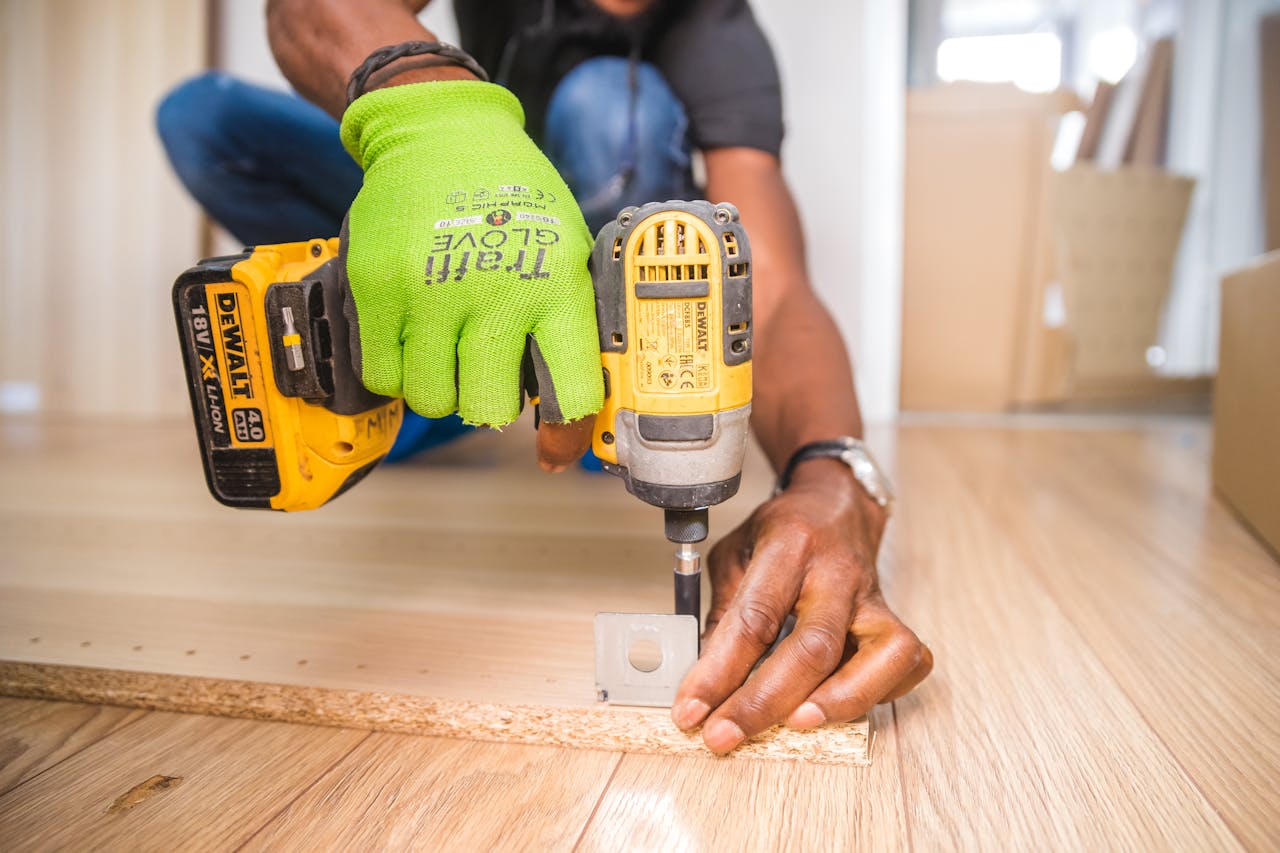
Homesteaders are often called upon to repair, build, and create, making woodworking tools indispensable. The right set of tools allows you to tackle everything from basic repairs to large construction projects.
Essential Tools:
- Chainsaw: For cutting logs and clearing brush.
- Circular Saw: For precise cuts in lumber and plywood.
- Bandsaw: Ideal for resawing and intricate cuts.
- Miter Saw: Perfect for making accurate crosscuts and miters.
- Rotary Hammer Drill: Essential for drilling into masonry or thick wood.
Pro Tip: Choose tools with variable speed settings and ergonomic designs to maximize comfort and efficiency during long projects.
These tools are the backbone of any homesteader’s workshop, enabling you to build structures, repair fences, and more.
8. Fencing Tools and Materials
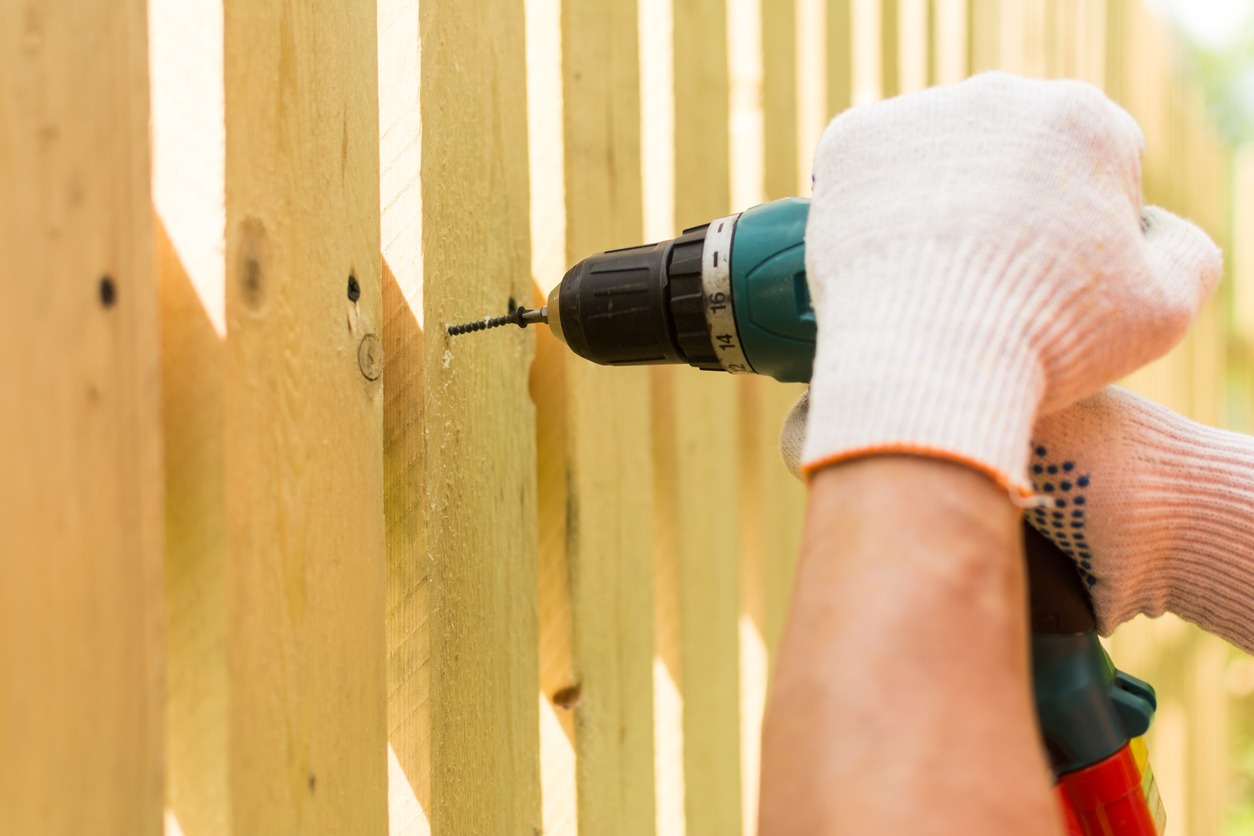
Securing your property and protecting your livestock is a top priority for any homesteader. The right fencing tools ensure that your boundaries are sturdy and long-lasting. Barbed wire is great for livestock enclosures, while welded wire or mesh fencing works well for gardens and smaller animals.
Key Tools:
- Post Hole Digger: For accurate fence post placement.
- Wire Stretchers: To maintain proper tension in fencing materials.
- Staple Gun: For attaching wire or mesh to posts securely.
Pro Tip: Inspect your fences regularly and tighten or replace sections as needed. A well-maintained fence is critical for keeping predators out and livestock in.
9. Garden Hoses and Irrigation Systems
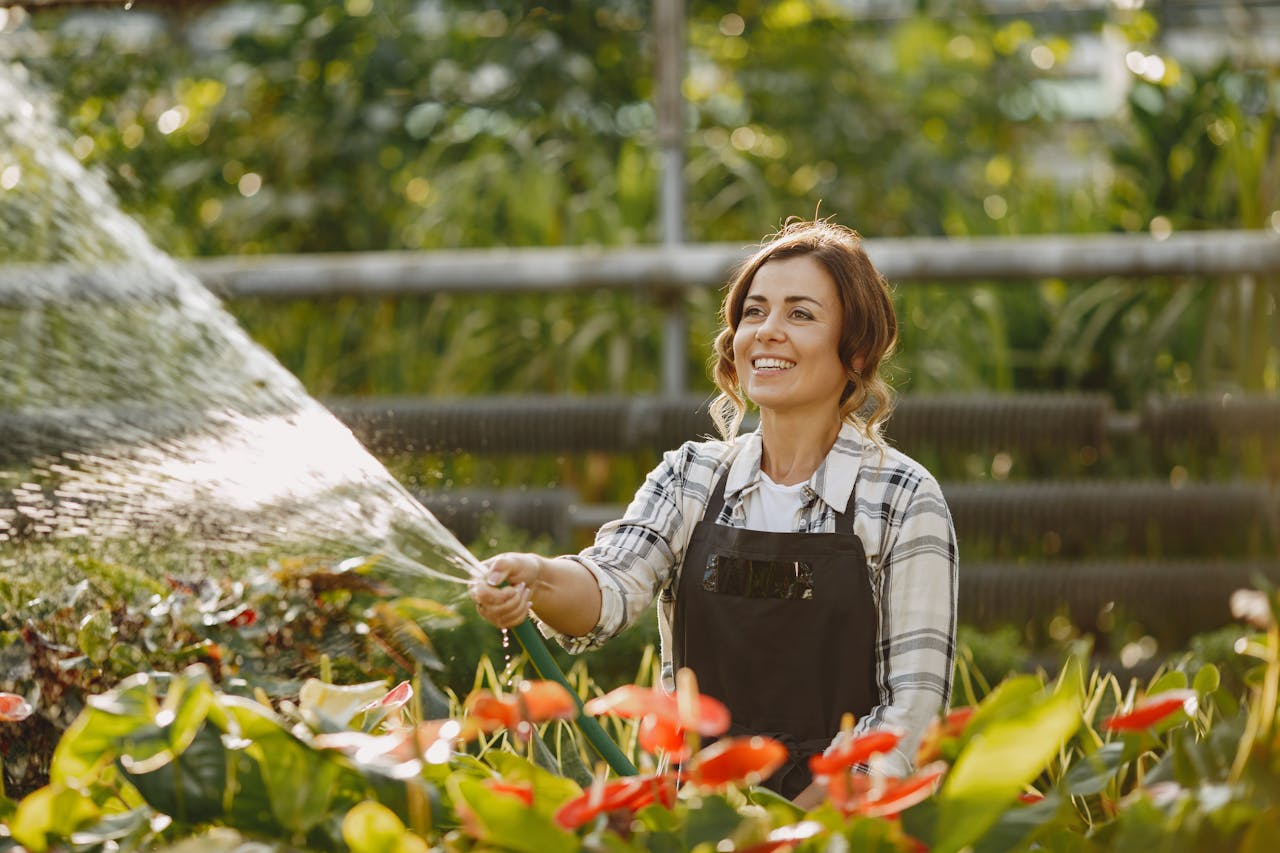
Efficient watering is essential for thriving crops and gardens. Modern irrigation systems save time and water while ensuring your plants get the care they need.
Irrigation Options:
- Drip Systems: Deliver water directly to plant roots, minimizing waste.
- Soaker Hoses: Perfect for rows of crops or garden beds.
Pro Tips:
- Use quick-connect fittings to switch between hoses and sprinklers easily.
- Winterize your hoses to prevent cracking and freezing during cold months.
A good irrigation setup is an investment that will pay off with healthier plants and less manual labor.
10. Livestock Handling Equipment
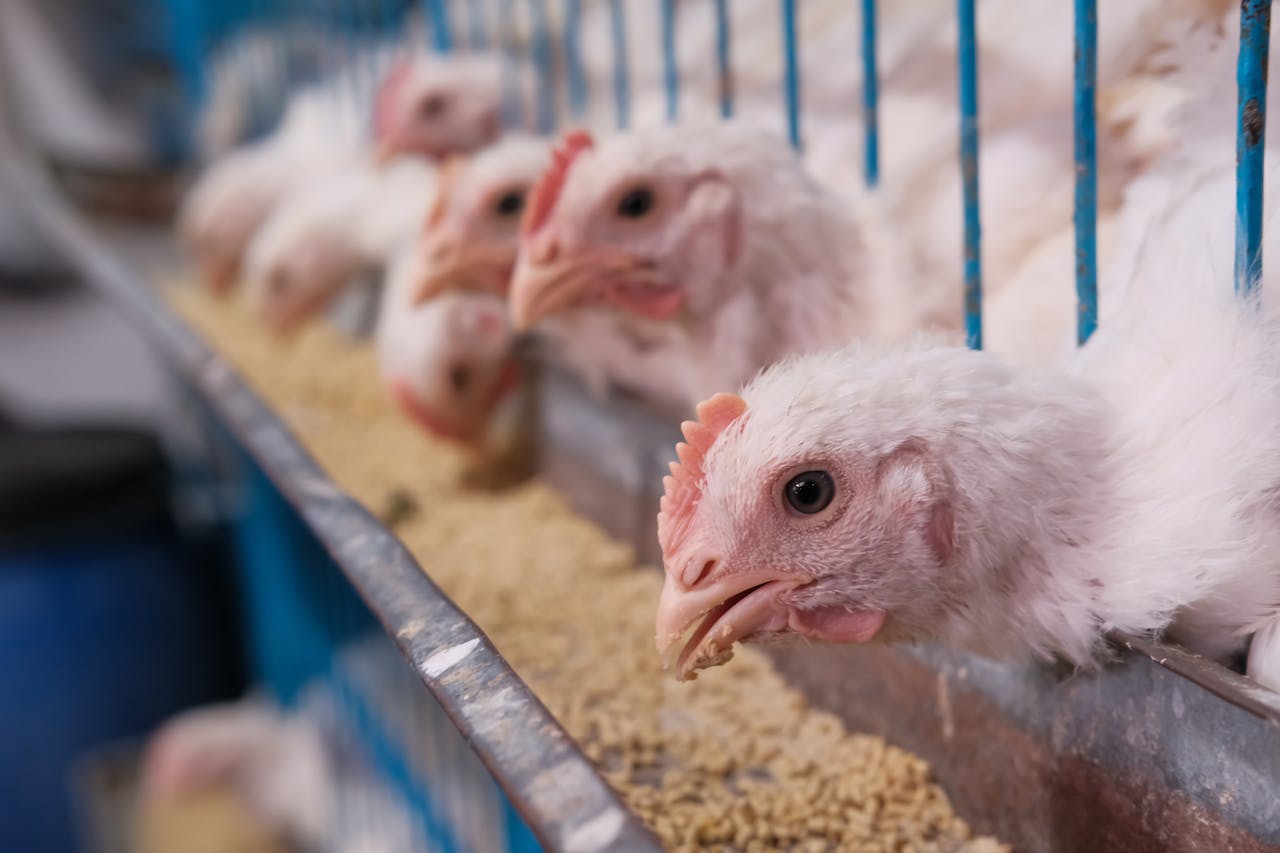
Caring for animals requires the right tools to ensure their safety and comfort. From feeding to health checks, livestock handling equipment simplifies your daily tasks.
Essential Tools:
- Squeeze Gates: For safely restraining large animals during treatments.
- Hoof Trimmers: For maintaining healthy hooves.
- Feeders and Waterers: To ensure animals have consistent access to food and water.
Pro Tip: Nesting boxes and incubators are essential for poultry if you plan to raise chicks or collect eggs efficiently.
With the right equipment, livestock care becomes a manageable and rewarding part of homesteading.
Conclusion
Homesteading is a fulfilling way of life that demands resilience and preparation. With these ten essential tools, you’ll be equipped to tackle the daily challenges of maintaining your property, caring for animals, and cultivating crops. Start with the basics, invest in quality equipment, and continue expanding your toolkit as your homestead grows. With the right tools in hand, there’s no limit to what you can achieve.



